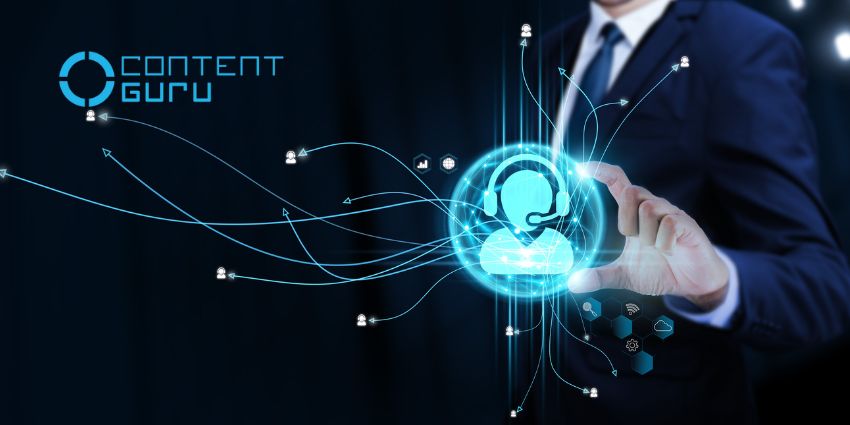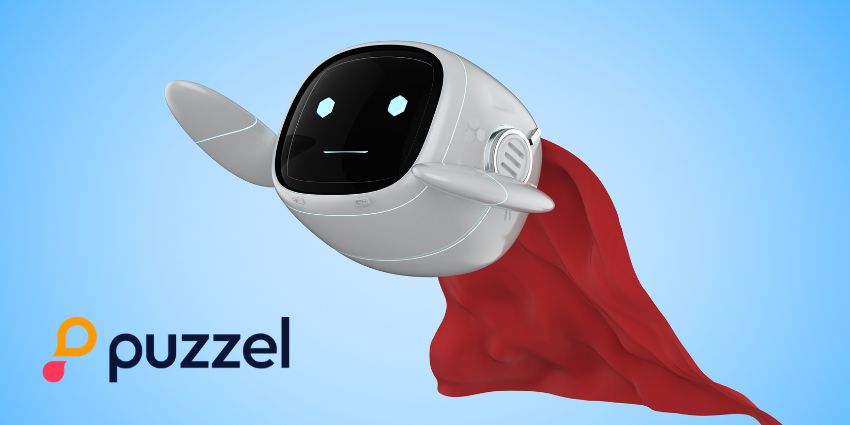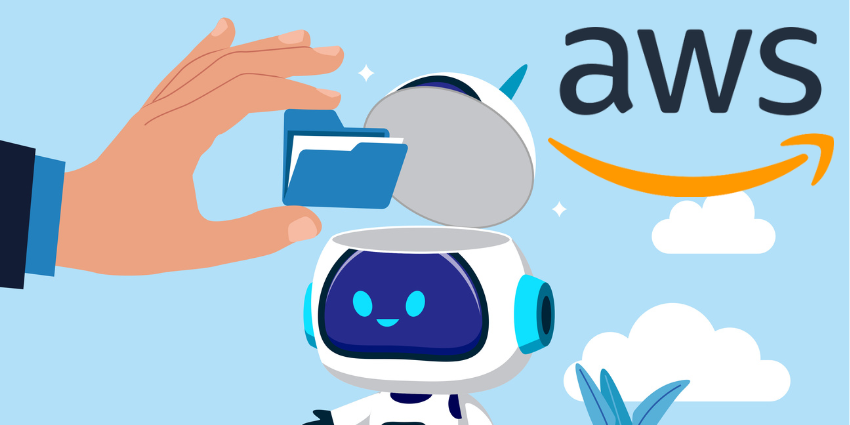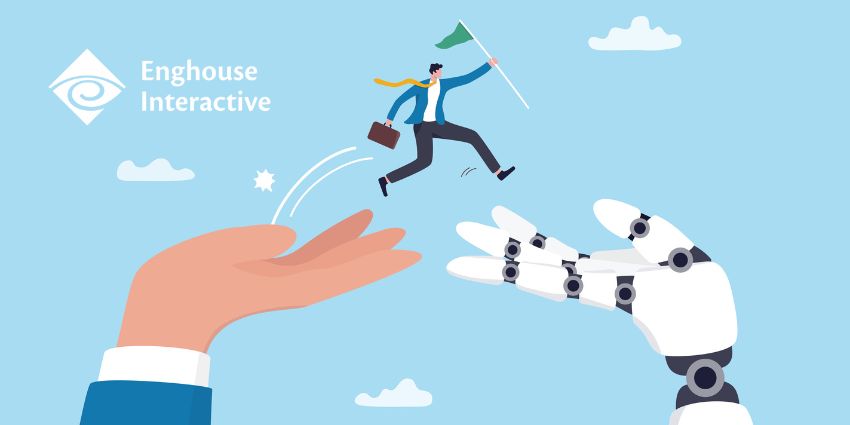Just a few years ago, a contact center awards program ran a PCI compliance category.
Sean Taylor, CEO of Content Guru, was a judge and, as part of the evaluation, sat down with one of the finalists’ agents to watch how they worked.
“They were taking a customer’s payment and had a stack of yellow Post-it notes on their desk,” said Taylor during a recent CX Today interview. “They typed the credit card details into one system, then quickly wrote them on a note.
“When I asked why, they explained that the information also needed to go into another system, but they couldn’t do both at once.”
Yet, imagine leaving the building with a pocket full of Post-it notes containing names, credit card numbers, expiry dates, and CVV codes…
Needless to say, they didn’t win the competition. Nevertheless, the story illustrates just how difficult it is for many agents to switch between systems.
For all the talk of a “single pane of glass,” a Deloitte study in the UK found that the average contact center agent still works with around 14 separate systems of record.
Ultimately, that illustrates that there is no silver bullet. A closely considered omni-data strategy is instead the best path forward.
What Is Omni-Data?
Just as omnichannel communication brings together voice, email, RCS, WhatsApp, and video into one platform, omni-data brings all an organization’s data systems together.
Whether it’s Salesforce, Microsoft Dynamics, or proprietary systems like Guidewire in insurance or Epic in healthcare, an omni-data strategy surfaces them in one place.
Agents can push and pull information without resorting to Post-it notes or duplicate entries.
Content Guru is leading the omni-data charge by converging its CCaaS solution with a first-party customer data platform (CDP), enabling that single data thread.
“To me, that’s a no-brainer,” added Taylor. “Yet when we deliver it, customers often say, “Wow, that’s unique.”
“Other vendors may have strong connectors into Salesforce or Dynamics, but they don’t address the full challenge of integrating data across systems.”
Omni-Data and the Future of Customer Service
Omni-data provides a single source of data for agents to push and pull from. Yet, that’s not only human agents; AI agents can also do so.
Indeed, contact centers may orchestrate experiences where AI agents interact with customers while leveraging data from one a single layer, instead of pulling from a myriad of integrations, which require continuous, rigorous security checks.
Yet, they won’t just drink from the hosepipe; they feed back into it.
As such, contact centers can advance their conversation automation strategies, thinking not only about inbound but also outbound.
After all, the future of customer service isn’t only reactive, it’s proactive, and even pre-emptive.
With an omni-data strategy, contact centers can detect signals from various systems that indicate the customer is experiencing (or is about to experience) an issue. From there, an AI agent will trigger a corresponding resolution flow and communicate that with the affected customer.
Here are four cross-industry examples of what that proactive flow may look like in practice.
1. Proactive Servicing & Repairs (Automotive & Retail)
IoT devices can send signals into the omni-data layer from sensors hidden within products. That includes everything from transport to white goods.
The devices help monitor product health, so if a car has low tire pressure or a washing machine is about to give up, they can trigger a flow that ends with an AI agent scheduling a repair with the affected customer.
2. Proactive Pipe Management (Water)
Don’t think of only first-party data sources as triggers for a proactive flow. Public sources can also feed into the omni-data layer.
For instance, data from the weather forecast could filter into a water company’s omni-data layer. With that data, an AI agent can predict whether a water supply pipe will freeze and when it may unfreeze, rather than just telling the customer to schedule an engineer.
3. Proactive Network Updates (Telco)
Telcos can feed data from their Network Monitoring System (NMS) into the omni-data layer, with AI agents on alerts for an outage.
When this occurs, they can proactively notify customers and send updates, keeping them in the loop, so affected customers don’t have to contact customer service.
4. Proactive Journey Recoveries (Travel)
Plane and train delays often cause passengers to miss their connections. Yet, by plugging data from the Traffic Flow Management and CRM systems, companies can charge AI agents with rebooking customers on the next-best journey.
As such, when the customer arrives or lands, they don’t have to queue for customer support. Instead, they receive an alert with their new booking or alternative options to consider.
Get Ahead with Content Guru
Content Guru entered the cloud contact center market in 2005, before “cloud software” was a term that many people had ever used.
Its parent company, Redwood Technologies, subsidized the business for the first eight years because adoption was slow. But, Taylor and his team believed the cloud would matter.
The same happened with AI. Content Guru invested years before the current boom, before COVID delayed adoption, but models like ChatGPT accelerated it again.
“Our philosophy is to blend customer-driven innovation with long-term bets based on intuition and experience,” said Taylor. “Sometimes we’re early, which can be frustrating, but when the market catches up, we’re ready.”
Its next bet is omni-data. Given its track record and status as a global CCaaS provider, who’d bet against the company this time around?
For more on Content Guru’s contact center tech, visit: www.contentguru.com







